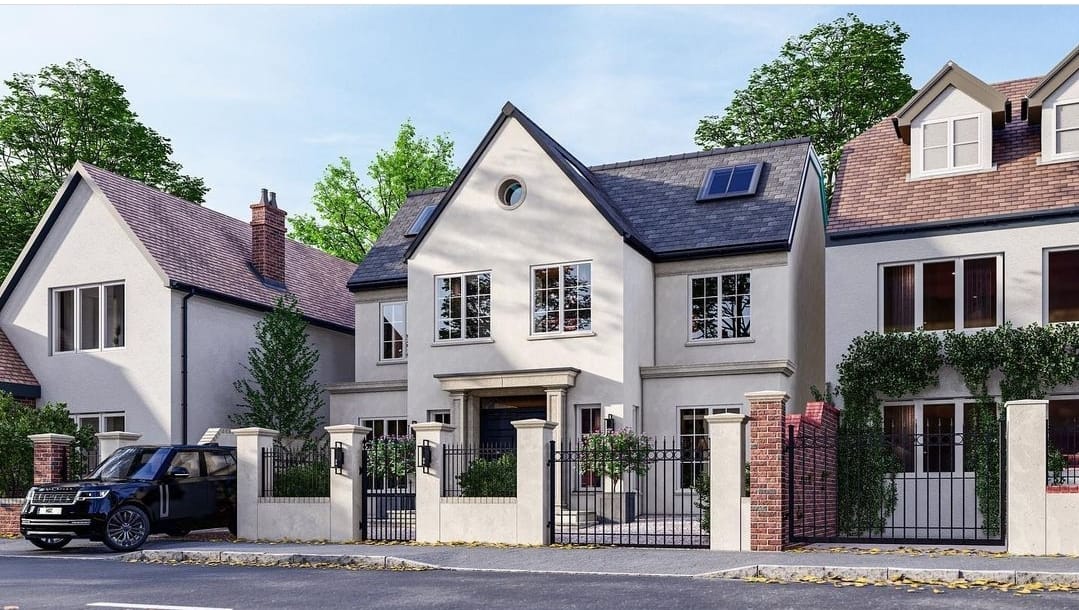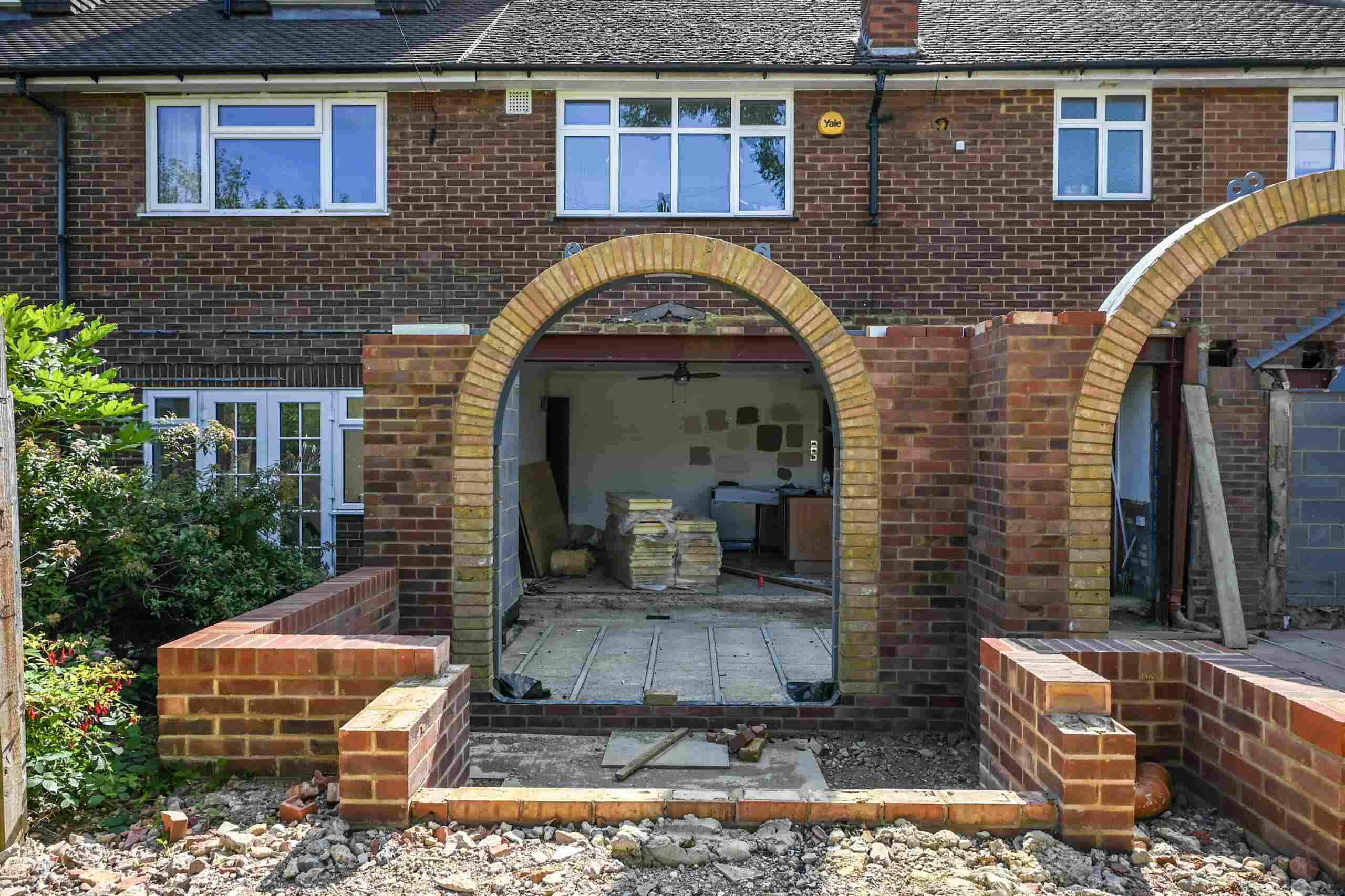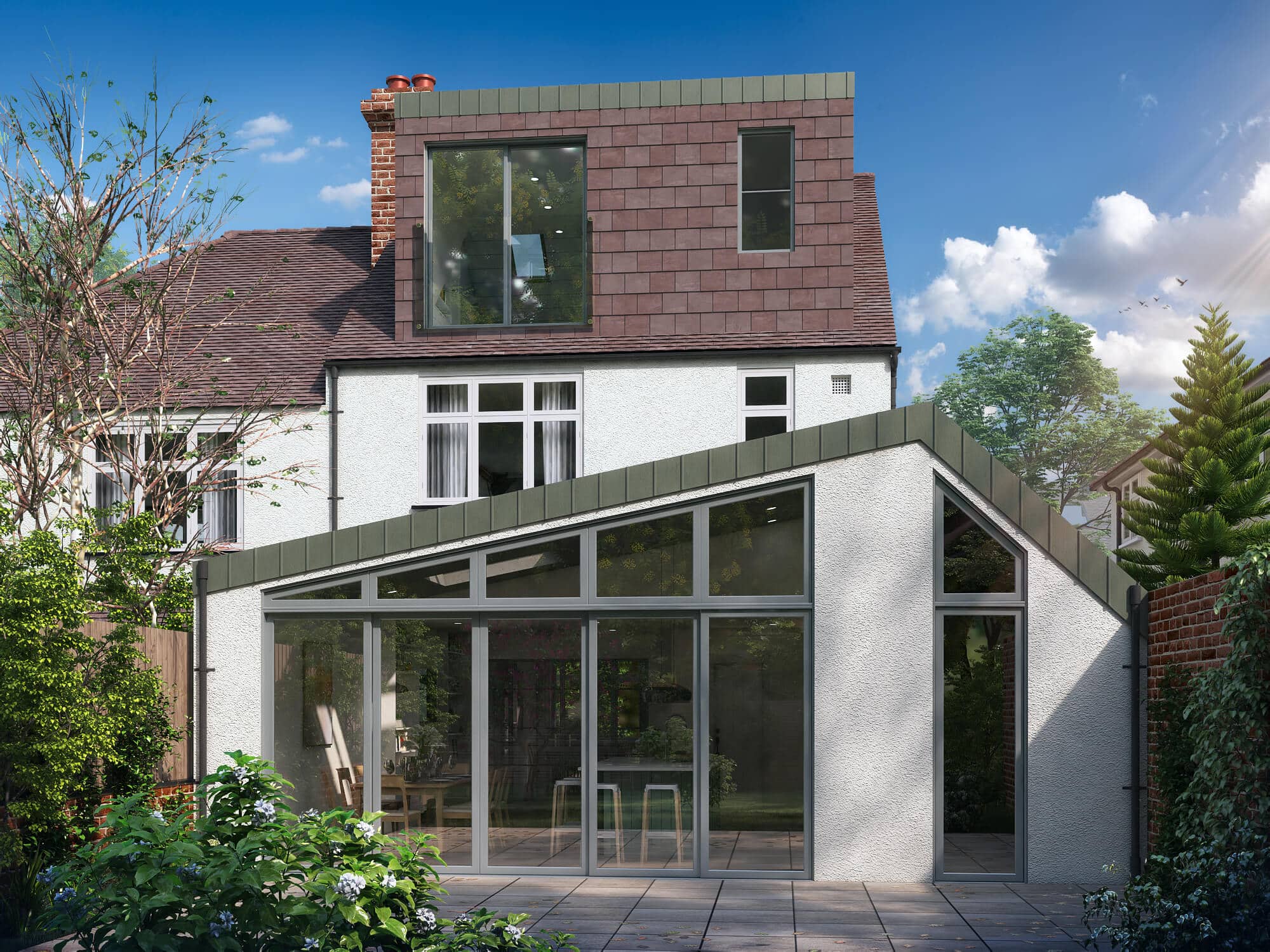
CDM Regulations (2015): A Homeowners Guide – Don’t get fined!!!
What Are the CDM Regulations 2015 & Building Safety Act 2022?
The Construction (Design and Management) Regulations 2015 (CDM 2015) are the primary regulations for managing health, safety, and welfare in construction projects. In addition, the Building Safety Act (BSA) 2022 introduces stricter accountability measures, particularly for high-risk buildings, reinforcing key responsibilities under CDM.
CDM applies to all types of building and construction work, including:
Extensions
Refurbishments
New builds
Demolitions
Conversions
Repairs and maintenance
Does It Apply to Me as a Homeowner?
Yes! But read on to understand how it affects you.
The CDM 2015 regulations place a greater emphasis on managing health and safety on smaller domestic projects, shifting more responsibility onto homeowners. Additionally, the Building Regulations (Amendment) 2023 and BSA 2022 introduced new duty-holder roles that align with CDM 2015, reinforcing homeowner responsibilities in construction projects.
For more information, the Health and Safety Executive (HSE) provides a useful guide for clients on their website.


Key CDM & BSA Roles:
1. The Client
2. The Principal Designer
3. The Principal Contractor
4. Accountable Person (BSA 2022)
There are two types of clients under CDM 2015:
Commercial Clients – Organisations or individuals commissioning construction work as part of a business.
Domestic Clients – Individuals having construction work carried out on their own home (or a family member’s home) that is not related to business activities.
Under the BSA 2022, an Accountable Person is required for higher-risk buildings, ensuring ongoing building safety compliance post-construction.
Important Note: If the homeowner is doing the work themselves (DIY), CDM 2015 does not apply.
For this article, we focus on Domestic Clients and their responsibilities.
Do I Need to Notify Anyone About My Building Project?
You must notify the Health and Safety Executive (HSE) using an F10 form before starting construction if your project:
Lasts longer than 30 working days AND has more than 20 workers on-site simultaneously
Exceeds 500 person-days
In our experience, projects below £200,000 (ex. VAT) rarely meet these criteria.
What Are My Responsibilities as a Domestic Client?
Your role includes:
Appointing the right people at the right time
Ensuring proper project management arrangements
Allowing adequate time for planning and construction
Providing relevant information to designers and contractors
However, your main legal duty under CDM 2015 is to appoint a Principal Designer and Principal Contractor in writing if more than one contractor is involved.
If you fail to appoint these roles, your legal responsibilities automatically transfer to the Principal Contractor.
Scenario Examples:
If you hire an Architect/Designer and a Principal Contractor, the Principal Contractor is primarily responsible for health and safety.
If you self-manage any part of the project, you may bear certain responsibilities.
If Aura Architecture is involved early, we may be able to take on some of your duties under a written agreement.
What is a Principal Designer?
A Principal Designer is a designer appointed by the client for projects involving more than one contractor. They ensure health and safety are properly managed during the pre-construction phase.
Key responsibilities include:
Planning, managing, and monitoring health and safety before construction begins.
Identifying and mitigating foreseeable risks.
Ensuring all designers (e.g., structural engineers, M&E consultants) comply with their duties.
Providing pre-construction information to other duty holders.
Liaising with the Principal Contractor.
Is My Architect the Principal Designer? Not necessarily. While architectural firms like Aura Architecture can act as Principal Designers, this must be confirmed in writing.
What is a Principal Contractor?
A Principal Contractor is appointed to manage and coordinate the construction phase when multiple contractors are involved.
Their role includes:
Liaising with the Client and Principal Designer.
Preparing and managing the Construction Phase Plan (CPP).
Coordinating contractors and ensuring site safety.
Providing site inductions and preventing unauthorised access.
Ensuring welfare facilities are available throughout the project.
If the Principal Designer’s role ends before project completion, responsibility for preparing the Health and Safety File shifts to the Principal Contractor.


What is a Construction Phase Plan (CPP)?
The Principal Contractor is responsible for creating the Construction Phase Plan before work starts.
A CPP should include:
Project timeline and key dates
Health and safety risk assessments
Utility service locations and isolation points
Details of contractors involved
Site safety rules and procedures
Communication channels and decision-makers
Plans for controlling risks like working at height, structural stability, and asbestos exposure
How Does the Building Safety Act 2022 Affect Homeowners?
The Building Safety Act 2022 introduces significant reforms, especially for projects involving high-risk buildings (over 18m or 7 storeys high). Key aspects that may affect homeowners include:
Stricter competency requirements for duty holders (Principal Designer, Principal Contractor).
Accountable Person responsibilities for building safety post-construction.
Gateway Approvals for certain projects, requiring additional safety checks before proceeding.
Higher penalties for non-compliance, reinforcing CDM obligations.
Need Help With Your Project?
Understanding your CDM 2015 & BSA 2022 responsibilities as a homeowner ensures that your project is legally compliant and safe.
If you need expert guidance, AURA Architecture can assist in managing your project effectively.


